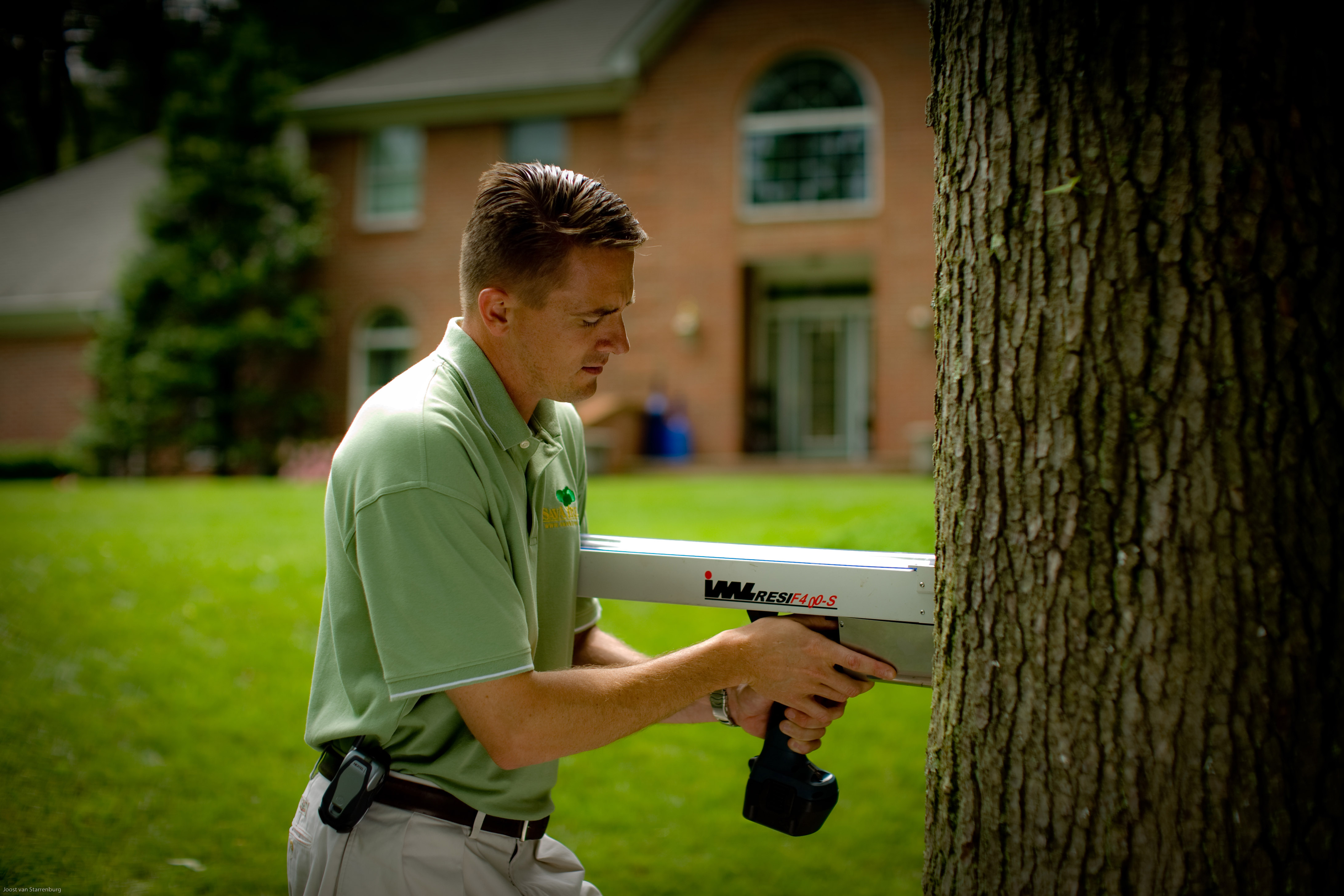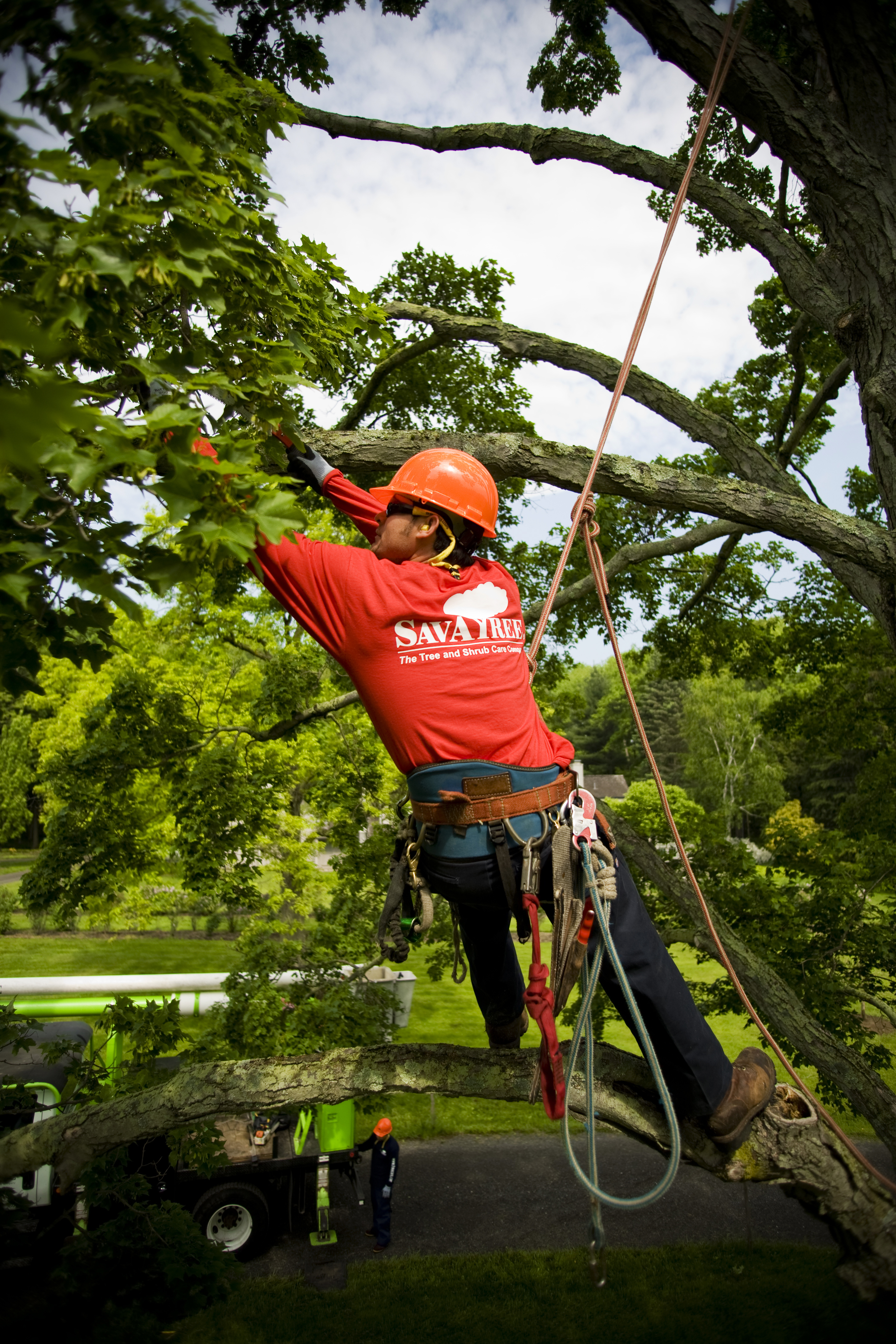Nancy Owens takes no chances with trees since a windstorm propelled a large one through the roof of her Long Island, N.Y., home 15 or so years ago.
So when a neighbor whose property abuts Owens' Maine summer home said he believed two of her tall pines looked suspiciously askew - and leaning toward his house - Owens wasted no time having them removed.
"They didn't look dead to us. But what do I know?" Owens says. "I was born and raised in Manhattan. I know nothing about trees except they can come through your roof."
Owens, who "cries every time I have to take down a tree," is one of a number of homeowners who reluctantly opt to be safe rather than sorry by removing trees - even when it may not be necessary.
Arborist Dane Buell, who oversees tree care for the company SavATree, which has offices in eight states, says people call him "all the time" asking to remove healthy trees. Most, he says, are afraid of the uptick in wild weather that has sent trees crashing down on homes, cars and power lines around the country.
"People see bad things that happen with trees, and the natural response is we should cut them all down," says Buell.
Joe Lamb, a Berkeley, Calif., arborist sees the phenomenon, too. He cautions that there's no connection between a tree's size and the hazard it poses.
"It is very common for people to be afraid of trees simply because they are large," Lamb says.
The health of the tree is more important than its size, Buell says, and he recommends that property owners focus on managing their trees. That includes annual health checks, pruning and precautionary steps such as adding support and even lightning protection when necessary.
Certified arborists can identify problems - insect infestation, nutritional deficiencies and disease - in the early stages "90-some percent of the time," he says. Helping an ailing tree is often fairly simple, too, he says.
"Trees fail often because these conditions are not identified early. They don't fail because they are tall," Buell says.
And while no one can prevent an extreme storm from toppling even the healthiest of trees, he says, the benefits of having trees usually far outweigh the risks they pose.
For many, however, it's better to err on the side of caution. "If someone says that a tree doesn't look right, I don't argue with that," Owens says. "If they say it, I pay whatever it is."


